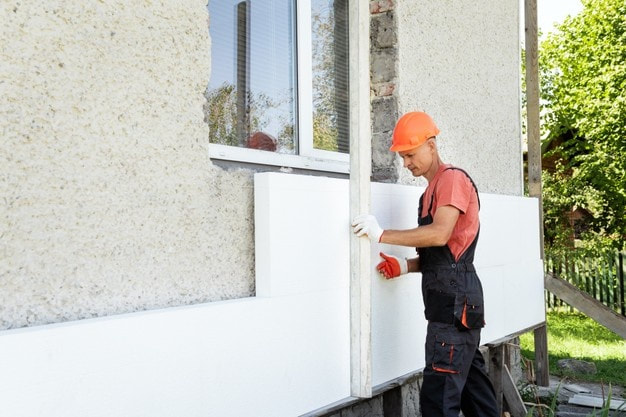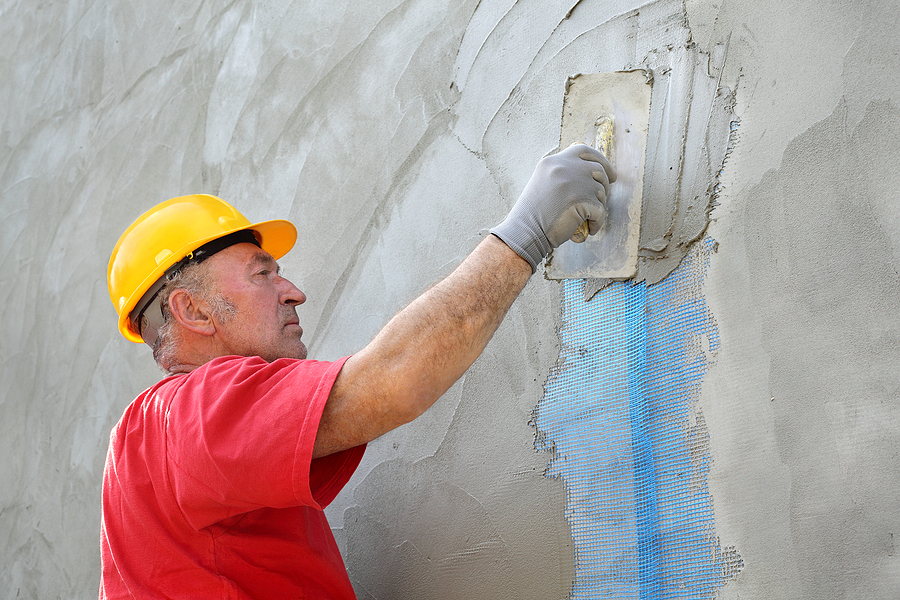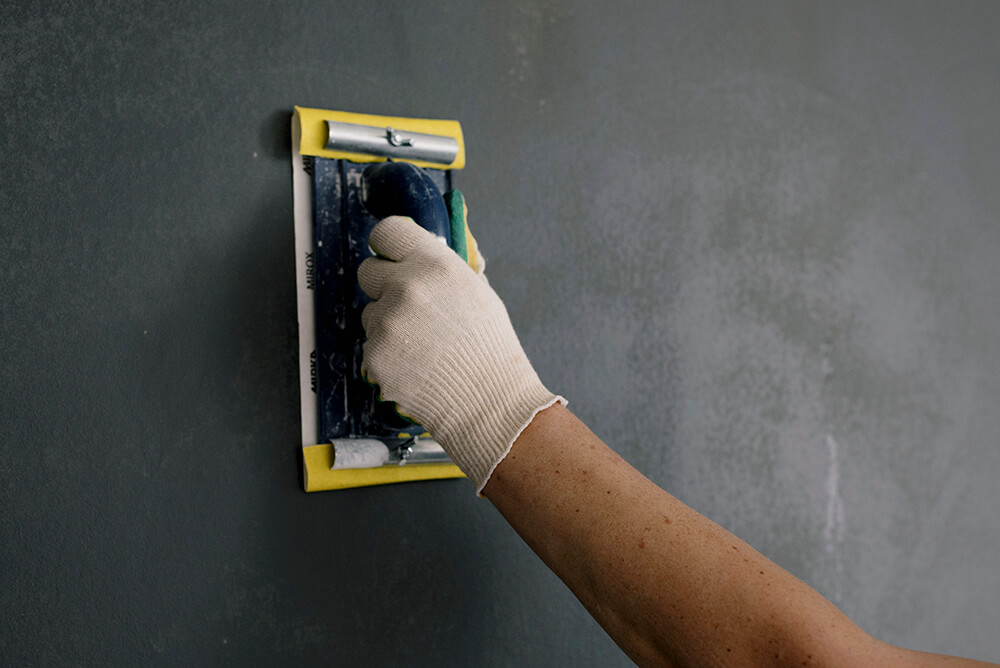Checking Out the Versatility of Stucco in Modern Style
Stucco has long been identified for its aesthetic appeal and flexibility, yet its role in contemporary design warrants a better examination. This product, traditionally significant in various architectural movements, currently offers as a functional service that boosts both the aesthetic and useful aspects of contemporary frameworks. By discovering its cutting-edge applications, from striking facades to energy-efficient layouts, one can value exactly how stucco is redefining the boundaries of architectural expression. This conversation will certainly discover not just its transformative potential but likewise the difficulties it deals with in a progressing market.
Historic Significance of Stucco
The historical relevance of stucco is profound, as it has actually played a crucial role in building methods across different cultures for centuries. Coming from in old civilizations, stucco was used by the Egyptians and Greeks as a versatile and durable finish for both exterior and interior surfaces. Its flexibility to various environments and capability to mimic more pricey materials made it a popular option.
In the Roman era, stucco ended up being a main attractive aspect, used extensively in public buildings, rental properties, and holy places. The Romans fine-tuned the application strategies, enabling elaborate designs and relief sculptures. During the Renaissance, stucco experienced a revival, particularly in Italy, where it was employed in elaborate facades and decorative details, showcasing the creativity of the duration.

Modern Applications in Design
Stucco has found restored importance in modern architecture as a result of its versatility and aesthetic allure (stucco contractor). This typical material is increasingly utilized in contemporary layout, linking the gap in between classic and modern looks. Designers and designers appreciate stucco for its versatility, allowing it to be used in different styles-- from minimalist frameworks to specify Mediterranean layouts
In property jobs, stucco supplies a tidy, seamless finish that boosts the visual communication of facades. Its capability to adjust to various shapes and surface areas makes it an excellent selection for both new building and constructions and remodelling jobs. Furthermore, stucco's toughness and reduced maintenance requirements add to its growing popularity in urban setups, where long-lasting products are essential.
Industrial applications have also welcomed stucco, with many services choosing this material to develop inviting and distinctive storefronts. Using stucco in public structures, such as colleges and recreation center, showcases its possibility for producing visually attractive atmospheres while providing superb insulation properties.
Shade and Appearance Innovations
Exploring color and structure innovations in stucco has opened new avenues for engineers and developers, boosting the material's visual impact in contemporary building and construction. Recent improvements in pigment innovation have actually allowed for a bigger spectrum of colors, allowing developers to develop striking exteriors that incorporate flawlessly with their surroundings or stand out as strong building declarations. This flexibility in color selection supplies engineers the ability to evoke details emotional reactions and harmonize with regional aesthetic appeals.
Appearance advancements have likewise changed stucco applications. Strategies such as shoveling, spraying, and marking have caused varied surface area coatings, varying from smooth and improved to tactile and sturdy. These variations not only add to the building's personality yet also play an essential duty in light communication, enhancing the aesthetic deepness and dimensionality of surfaces.
In addition, the introduction of artificial stucco options has increased design opportunities, using boosted sturdiness and weather resistance while keeping visual appeal. As architects continue to try out cutting-edge color palettes and textured coatings, stucco stays an essential component in modern design, showcasing the link product's versatility and classic significance in contemporary style.
Sustainability and Power Efficiency
Advancements in color and appearance have not just enhanced the visual allure of stucco yet additionally led the way for higher emphasis on sustainability and power performance in modern architecture. As ecological worries end up being significantly prominent, the building industry is transforming its attention to products that add favorably to environmental balance.
Stucco, composed largely of natural materials such as sand, lime, and concrete, supplies a lasting alternative to even more resource-intensive building materials. Its longevity and longevity lower the need for constant replacements, thereby minimizing waste and source usage in time. Modern-day stucco solutions often consist of energy-efficient ingredients that improve insulation buildings, lowering heating and air conditioning prices for structures.
The reflective high qualities of stucco can additionally be crafted to alleviate heat absorption, adding to cooler interior environments and less dependence on fabricated climate control systems. By advertising energy conservation and reducing the carbon impact of structures, stucco straightens with the principles of sustainable architecture. As engineers and builders take on environmentally friendly practices and cutting-edge methods, stucco attracts attention as a functional and responsible selection in contemporary layout.

Study of Stucco Projects
The adaptability of stucco as a structure product is exhibited in numerous effective building jobs that highlight its functional and aesthetic benefits. One remarkable instance is the restoration of the historical Casa de la Guerra in Santa Barbara, The Golden State. The use of stucco not just maintained the building's Spanish a knockout post Colonial Resurgence style yet also improved its sturdiness and weather condition resistance, making certain long life while keeping building integrity.
One more engaging case is the modern property task, the Cactus Residence in Scottsdale, Arizona. stucco contractor. This striking home features a smooth stucco finish that integrates with the bordering desert landscape. The stucco's light color mirrors heat, adding to energy performance, while the textured surface areas include aesthetic passion
Additionally, the Kings Cross redevelopment in London showcases the versatility of stucco in urban settings. The application of stucco on modern-day mixed-use buildings creates a natural visual that values historical context while welcoming modern design concepts.
These study demonstrate just how stucco can offer different architectural functions, from conservation and power efficiency to aesthetic enhancement, making it a functional option in contemporary style.
Final Thought
 In conclusion, stucco's historic relevance and modern convenience make it an important product in contemporary style. As demonstrated via numerous instance researches, stucco continues check this site out to play a vital duty in shaping the building landscape of the contemporary era.
In conclusion, stucco's historic relevance and modern convenience make it an important product in contemporary style. As demonstrated via numerous instance researches, stucco continues check this site out to play a vital duty in shaping the building landscape of the contemporary era.
In verdict, stucco's historic relevance and contemporary flexibility make it an important product in modern style.